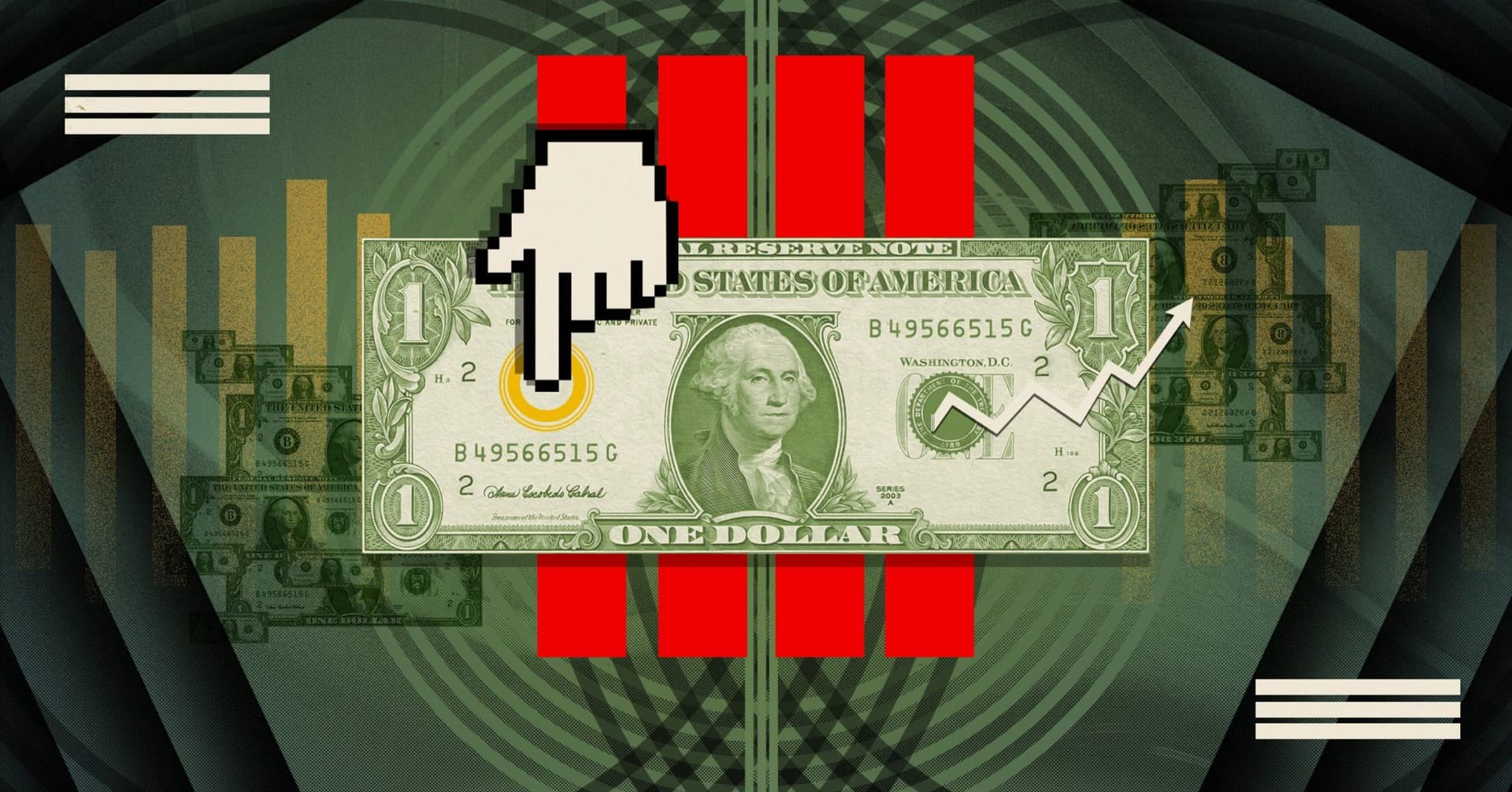Big Bets on Web3, DeFi Continue Despite Crypto Concerns
10T Holdings expects opportunities to crop up in the current downturn, with some crypto firms valued much less than in previous months

Blockworks exclusive art by Axel Rangel
key takeaways
- While some see the current market downturn as a means to engage in a “risk-off” attitude, others see bear market conditions as an opportunity
- The “picks and shovels” of Web3 and DeFi infrastructure including gateways such as wallets and exchanges continue to be the focus for funds such as 10T Holdings
Casting an eye across the crypto industry, participants would be forgiven for thinking multiple sectors, including DeFi and Web3, are in trouble.
With retail and institutional players’ shaken confidence — spurred on by the kerfuffle in crypto lending — deploying capital when uncertainty looms is not without inherent risks.
Regulation promises to tighten controls over how crypto capital is utilized, engaged with and deployed, though more work needs to be done to protect investors, according to some.
Viewing through a global macroeconomic lens also highlights less promising signs of an early recovery in the broader markets, namely equities, which have oftentimes been closely correlated to crypto.
Global food shortage concerns resulting from the pandemic — exacerbated by Russia’s invasion of Ukraine — as well as rising inflation alongside central banks’ levering of interest rates to combat it, has all but increased the case for a “risk-off” environment.
Indeed, investment in crypto’s capital market has slowed — money that had once flowed freely into budding projects over the last few quarters slowed up during Q2.
Though to some, like Stan Miroshnik, partner at mid-to-late stage digital equity firm focused on digital assets 10T Holdings, the market is still full of “unique opportunities” for investors.
“We’re just now starting to see interesting deals come back into the market at more reasonable valuations,” Miroshnik told Blockworks in an interview.
Others in the capital investment sector for crypto have also ramped up efforts to scoop up or further companies’ efforts seeking to build Web3 and DeFi (decentralized finance) infrastructure amid bear market conditions in hopes of snagging greater profits during better times.
Crypto investment firm Multicoin Capital, which has backed multiple Web3 and decentralized finance projects, announced earlier this month it would be pouring an additional $430 million into crypto startups.
Continuing that trend, early-stage investment firm Konvoy Ventures rolled out a $150 million fund aimed at budding gaming companies focused on a number of verticals including Web3, while the venture capital and incubation arm of Binance closed its $500 million fund early in June.
Most venture capital firms and funds are betting big on the internet’s transition to a more decentralized and democratized version in information sharing and engagement including the tools and infrastructure decentralized finance is promising for that transition.
Discussion from those developing those key infrastructure rails in the industry now centers around building atop of a less-than-frothy market following the contagion turmoil from crypto lenders caught up in Singapore-based hedge fund Three Arrows Capital‘s implosion.
Turning a threat into an opportunity
“Every time there is a significant event, you watch and learn,” Bette Chen, co-founder of DeFi layer-1 smart contract platform Acala, told Blockworks. “This is a moment where you can see problems being exposed and for builders, those are actually opportunities where you can build strong systems.”
It’s companies like Acala that are continuing to improve the industry’s shortcomings that Miroshnik and others like him are mostly interested in.
The 10T co-founder said his fund was watching many blue-chip names including the likes of Fireblocks, OpenSea, Dapper Labs, Alchemy and Chainalysis which, in his opinion, had previously been too expensive on a multiple earnings basis where they had been trading 50 times the companies’ total revenue.
“Now those valuations are coming down in the secondary market. And so in theory, one could buy some of those blue-chip names at more reasonable valuations,” he said.
10T, like other funds in the industry, approach their investment thesis by deploying capital across four verticals including non-fungible tokens (NFTs) and metaverses, DeFi infrastructure, gateways such as wallets and exchanges, as well as businesses utilizing a token incentive engine for real-world use cases like those seen in decentralized wireless network Helium.
When asked about the fund’s short-to-midterm outlook, Miroshnik said “money’s in the waiting, not the trading” providing somewhat sage advice for retail and institutional investors seeking to follow in lockstep the capital deployment of some of the industry’s bigger funds.
“If you want to go deeper, and you want to make these vertical bets, they’re clear leaders already,” the co-founder said. “You don’t have to buy the new GameFi tokens. Ideally, you can just buy something where you know there’s a lot of momentum already.”
Get the news in your inbox. Explore Blockworks newsletters:
- The Breakdown: Decoding crypto and the markets. Daily.
- Empire: Crypto news and analysis to start your day.
- Forward Guidance: The intersection of crypto, macro and policy.
- 0xResearch: Alpha directly in your inbox.
- Lightspeed: All things Solana.
- The Drop: Apps, games, memes and more.
- Supply Shock: Bitcoin, bitcoin, bitcoin.





